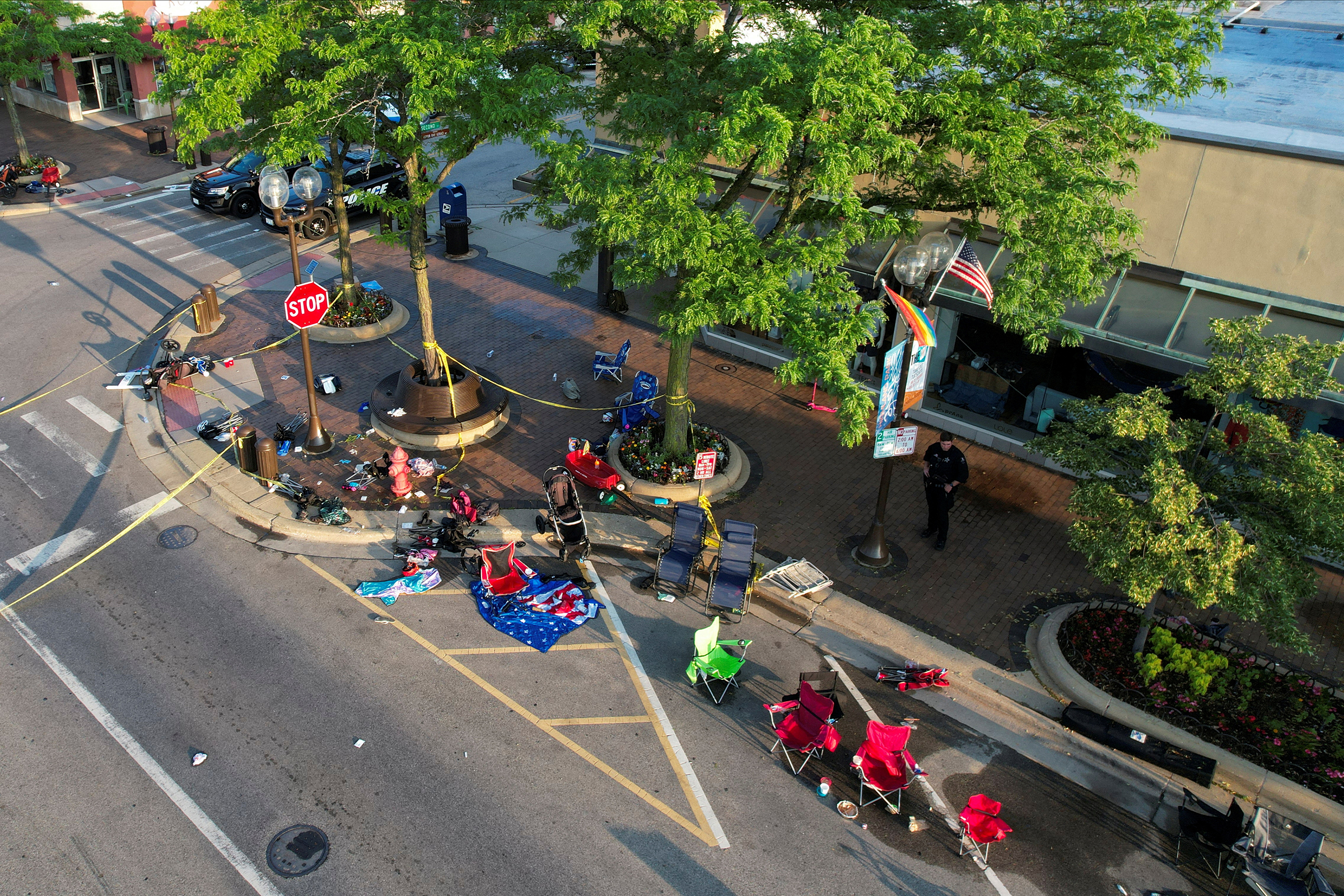Hill running is a great way to workout on your speed, and get faster for spring and summer road races. Here, Jordan King runs up a hill along O Avenue NW, getting ready for an upcoming race. (Jim Slosiarek/The Gazette)
You’ve spent the winter months, logging mile after mile. It was a grind at times, a slow or sluggish march to ...
Spring.
Now that we’re finally getting some warmer weather — consistently — it’s time to work on picking up that pace, maybe even entering a 5K or 10K, maybe the Fifth Season 8K on the Fourth of July.
Many road races will return this summer after going virtual or getting canceled by COVID-19 concerns last year. Some already have come back.
So it’s time to get a little bit — or maybe a lot — faster. It’s time to go racing.
There are several ways to help accomplish your goals for the 2021 racing season, hitting a nearby track for interval workouts once a week, doing tempo runs or fartleks on the streets or trails, or finding a nice hill and climbing it with purpose.
Here are some tips for hill running from Runner’s World:
“Nothing builds running strength better than hills. Running on inclines forces your muscles to work harder with each step; as you grow stronger, your stride becomes more efficient and your speed improves,” according to an article by Andy Dixon.
“Jog for 10 minutes to warm up, then walk for two minutes. From the bottom of a gentle incline, run up for five seconds, then walk back to the starting point. Run up again for seven seconds, then walk down. Run for 10 seconds, walk down.
“Shorten your stride and keep your feet low to the ground on the ascents. Feeling strong? Repeat the sequence. Do the workout every seven to 14 days.”
Try to keep your pace even and don’t sprint up the hill. According to the article, “research has found that most runners try to run too fast uphill. It’s best to maintain an even effort rather than try to sustain your flat pace.”
Running down hill is important, too. This helps you maintain a good pace during a hilly run or race.
“Good form is vital if you want gravity to be your friend. Practicing fast cadence on downhills helps you avoid the tendency to brake because you’re not used to the pounding.
“After a run, do four to six relaxed 100-yard strides down a gentle slope; progress over time to a steeper decline. Keep your arms wide and low for balance, shorten your stride and focus on quick steps. If your breathing gets quieter you can push a little harder.”
Another popular way to do speed work without hitting a track is “fartleks,” a Swedish word for “speed play.”
They are “beginner-friendly,” according to Run Street. “They are also not as intense as other speed workouts so they are perfect to transition to speed running if you have not been doing any speed work.
“Fartleks involve a mix of fast running and relaxed pace running during your workout.”
You can start doing fartleks on your regular running days, but always warm up first.
“Do 10 speed surges during your run. These surges should be short, one-minute long bursts, with one minute of relaxed running between each surge. Your fast pace should be slightly faster than your 5K race pace, about 90 percent effort level.
“Add your fartleks workout once a week to your running training program and you’ll be ready for more intense speed work in a month, or if you really love fartleks, you can just extend the bursts to three to five minutes each as you become used to them.”
Another popular form of speed work are intervals, generally done on a track. If you can find an track in your neighborhood that is open to the public, it can be a great workout.
“The track is flat, pre-measured (and therefore consistent), so it’s easy to run consistent distances without question,” Fleet Feet notes. “At some point during your season, it’s a good idea to incorporate regular track work for this reason. There are about a million-and-one track workouts from which to choose ... and which ones you end up doing really depends on the race you're preparing to run.”
If you’re getting ready for a 5K, Fleet Feet recommends “12 by 400 meters at slightly faster than your goal 5K pace; 200-meter jog recovery; two by 200 meters at mile race pace (or a couple of seconds faster per 200 than you ran your 400 splits) with a 200-meter jog recovery.”
Always warm up before starting any of these workouts and cool down after.
Fleet Feet also suggests doing “strides.” It’s a nice way for beginners to work their way up a full track session. This is a lot like the fartlek workout.
“Strides are short bursts of high-intensity running that train your mind and body to move faster with low stress,” the article notes. “Somewhere in the middle or second half of a normal-length run (this varies from person to person; it could be three miles, or it could be eight), increase your pace to FAST. Run like this for 20 to 30 seconds before backing off to your regular running pace ... Repeat this anywhere from six to 10 times. You should finish feeling springier than when you started.”
Comments: (319) 398-8461; jr.ogden@thegazette.com
"time" - Google News
May 10, 2021 at 07:00PM
https://ift.tt/3y2eyUY
Time to pick up the running pace - The Gazette
"time" - Google News
https://ift.tt/3f5iuuC

No comments:
Post a Comment